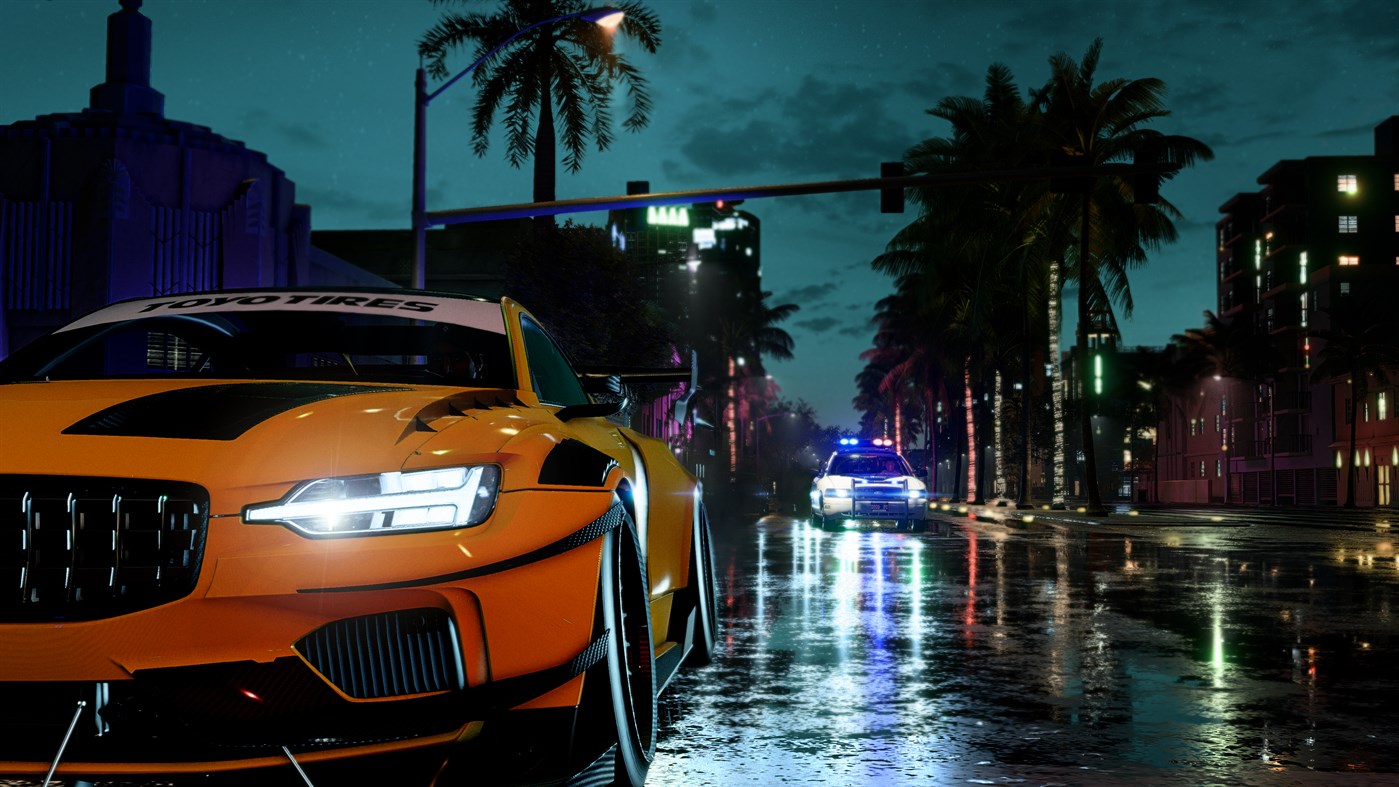Need for Speed Heat Revamped Handling Model, Tuning System and Drifting Explained
A new Under The Hood post has gone live, this time discussing Need for Speed Heat’s new handling model - detailing how it changes the dynamics of drifting and ultimately aims to kill the community-coined ‘Brake-to-Drift’ once and for all.
Need for Speed has always aimed for a handling model that is perfect for the arcade driving genre (minus Shift), letting players pull off drifts at insane speeds and stay in control while tackling obstacles such as cops, other racers and traffic.
Ghost believe their current handling - the handling model that’s been in place since before Ghost with the Criterion-developed Need for Speed Hot Pursuit (2010) - has always needed improvement (despite claims that its been ‘very well received among a large part of their audience’) and is centerfold as the biggest change they’ve introduced in Heat.
With Need for Speed Heat, the core handling model features more options for players to tune to their liking - allowing players to modify their cars in more detail and craft a vehicle with a handling set up that is both “asymmetric and ‘non-optimal’”, so that players can still have a fun driving experience even with the mixture of high-end and stock parts.
Ghost crafted the handling model in NFS Heat with casual and skilled players in mind, so that players can be given the freedom to create a tune closer to real-world expectations and be rewarded for it against players who remain at stock handling. This meant the studio had to expose and undergo balance changes to every aspect of a car’s handling model, such as steering, differential, clutch, brake bias and much more.
The new tuning system Ghost have developed for Need for Speed Heat removes the Archetypes concept (Drift/Grip slider) from the previous games in favour of a system that will change your handling performance based on the parts you apply in 3 distinct categories: Suspension, Differential and Tires.
Applying parts in these categories will define your cars handling style towards Race, Drift, Offroad or Road (as indicated by the Performance Grid icon shown off under your car’s stats). The Drivetrain of a car matters, and while all cars can be used for all types of events, they will work best with the style you’ve given it through performance customization.
Think of the new tuning grid system as an advanced tuning slider. Road will make a car accelerate and corner better on tarmac, while Offroad offers the same advantages but for offroad terrain. Race and Drift (Left and Right) control the WAY a car handles, while Road and Offroad (Up and Down) controls WHERE it handles.
A Race drivetrain increases grip and allows for better cornering, focusing on throttle and brake control which will make your car corner faster and better at Extreme levels of race tuning. A Drift drivetrain will allow for easier entry into drifting with much deeper and wider angles, that can be pulled off at extreme levels of drift tuning just by steering (without use of ‘clutch kick’ and handbraking).
Drifting has seen a big change with NFS Heat, and was one of the first things we noticed when playing the game at this year’s Gamescom. This time around, braking around corners won’t initiate a drift, but tapping the throttle will, causing the tires to lose speed and grip to allow for a drift (which is known as ‘clutch kicking’). Brake Bias can also be tuned for entering drifts by transferring weight to the front wheels, as well as using the handbrake for the more tight corner and hairpin drifts.
Drift mechanics have also been evolved with Heat, in which for the first time in NFS history, players can control the angle of the drift via the throttle -adding a whole new layer of drift mastery to the series. Apply too much pressure and you’ll cause your car to spin out, but apply the right amount by feathering the throttle, and you’ll maintain the perfect drift.
A lot of time and effort has definitely gone into Need for Speed Heat’s new and revamped handling system, and from our time using just the STOCK handling model at Gamescom, it definitely shows. How the Drift and Grip gameplay works and performs in-game is a mystery to us, but it finally sounds like Grip will be a viable option for players tired of the ‘brake-to-drift’ model and Drift will have a layer of skill and mastery to it compared to previous games!
Need for Speed Heat launches on November 8th 2019 for PlayStation 4, Xbox One and PC, or three days earlier for Origin Access Premiere subscribers. If you’ve missed any of our previous Need for Speed Heat coverage, be sure to find more from our dedicated Need for Speed Heat section in the Games tab!
[Source: Need for Speed]




